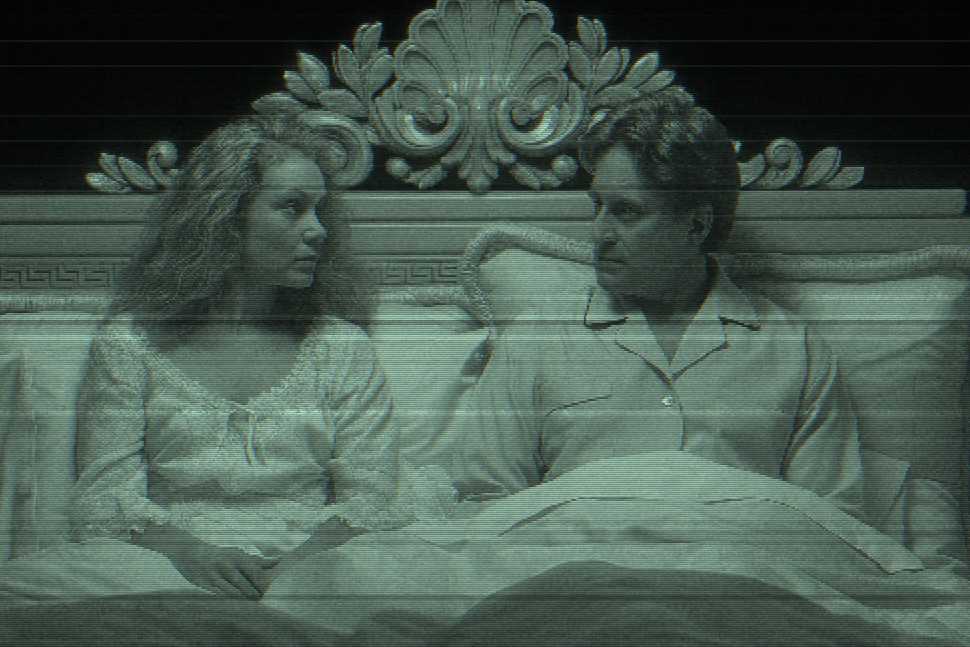
The War of the Roses 1989
This transmission follows two Earth humans, Barbara and Oliver, who begin as a functional domestic unit and end as something closer to a contained civil war. Their deterioration is not caused by betrayal, illness, or sudden tragedy — but by the gradual corrosion of affection, pride, and shared square footage.
Initially, their relationship appears successful. They acquire wealth, a house, and decorative objects of perceived importance. But affection fades. Resentment builds. And instead of separating, they both decide to remain in the house while attempting to make the other leave — without legal resolution, but with strategic sabotage.
The house becomes a war zone. Furniture is destroyed. Meals are poisoned. Pets are weaponized. Their attorneys are baffled, their children are wisely absent, and their respective social circles retreat in silent horror. Neither party relents. They escalate until nothing remains but drywall and bruised egos.
Notably, both individuals are intelligent, articulate, and capable of leaving. They simply refuse. The destruction is not accidental — it is a performance of principle, as if winning the argument matters more than surviving it.
The transmission ends not with reconciliation or legal victory, but with a mutual fall — literal and symbolic — from the ceiling fixture they once installed together.
Conclusion: Humans can turn love into hostility with extraordinary efficiency. Pride often outlasts logic, and shared memories are no match for shared real estate.
This record suggests that Earth conquests may not require force. Simply assign two humans the same object and declare it “non-transferable.” They’ll destroy everything just to prove who deserved it less.
